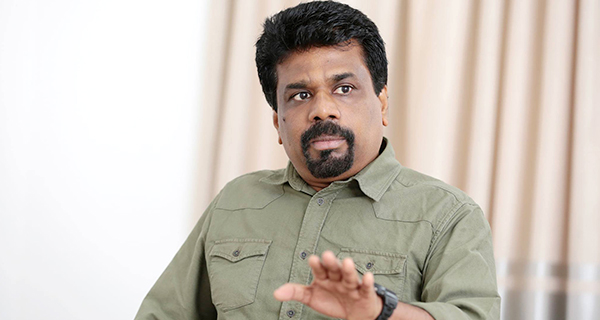It is not possible to interpret the shortage of foreign reserves in the country as a result of the Covid epidemic alone. Despite the global outbreak of the Covid epidemic, foreign reserves in the world in general and in South Asian countries in particular have increased over the past year. The value of foreign reserves in the world increased from $ 12,016.6 billion to $ 12,817.19 billion in the second quarter of 2020 and the second quarter of 2021, respectively. South Asian countries such as India, Bangladesh, Nepal, Bhutan and even the Maldives have been able to increase their foreign reserves in the wake of this epidemic.
But Sri Lanka has been rapidly losing its foreign reserves for the past two years. For example, in January 2020, Sri Lanka’s foreign exchange reserves stood at $ 7.5 billion, enough for 4.5 months of imports. Those reserves gradually dwindled to $ 4.8 billion in January 2021, enough for 3.7 months of imports. However, by the end of October, those reserves had fallen further to $ 2.3 billion. Those reserves are sufficient only for imports for a period of 1.5 months.
These figures show that in August 2021, the International Monetary Fund (IMF) remitted US $ 554.8 while receiving a special financial facility. The central bank’s weekly financial report released on November 26 showed that foreign reserves under that heading were only $ 128.5 million, most of which may have already been converted into dollars.
Between January and September 2021, the country’s trade deficit stood at $ 6003.2 million. This is likely to increase further between October and December. Also, this risk situation could lead to the creation of a deficit in the country’s balance of payments in recent history. By 2022, Sri Lanka will need to set aside US $ 6,500 million to repay foreign debt alone. The country will have to allocate approximately $ 550 million a month to repay foreign debt, although there will be ups and downs in certain months. With the current account deficit and foreign debt obligations in 2021 and the foreign debt settlement obligations in early 2022, the country’s current balance of payments, which is already at risk, could be plunged further into crisis.
There are allegations that the government has not paid due attention to the rapid decline in foreign exchange reserves over the past two years. It is not difficult for everyone to understand that the reality is different now, especially as the Governor of the Central Bank has been drawing positive pictures of how foreign exchange has flowed into the country in various places in the past. Also, the migration of migrant workers, one of the main sources of dollars for the country, has been declining rapidly over the past five months of this year compared to last year. For example, the total value of transitions between June and October 2020 was $ 3274 million, but their transit volume during June-October this year was only $ 2048 million. It is a fall of about 37.5% in percentage terms. If this declining trend is observed, the amount due from transitions in November and December may be less than 50%.
In this situation, even though the Central Bank has forcibly kept the dollar exchange rate close to 202 rupees, the commercial banks do not have enough dollars to pay the importers. A dollar is sold outside the banks for between 240-260 rupees. A serious shortage of goods is being created in the country as importers do not come forward to buy goods at such a high value in dollars and especially due to the failure of the banks to pay the dollars for the goods that have already been imported according to the letters of credit issued by the banks.
Member of Parliament Anura Kumara Dissanayake
Statement made in Parliament on December 03
